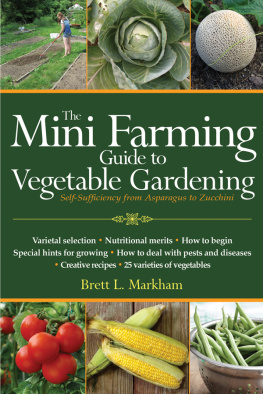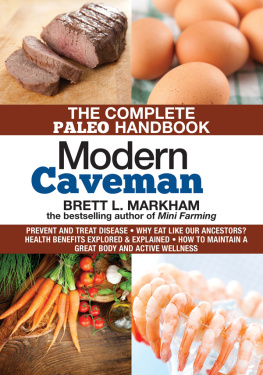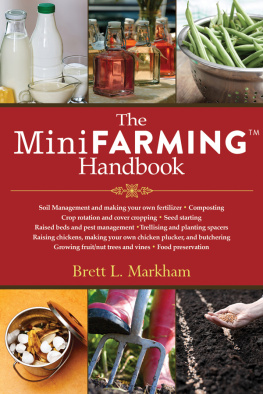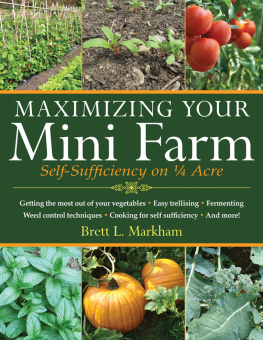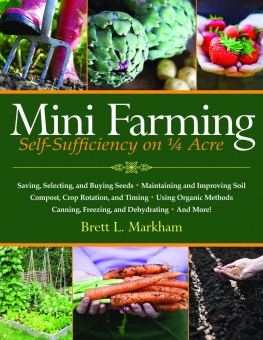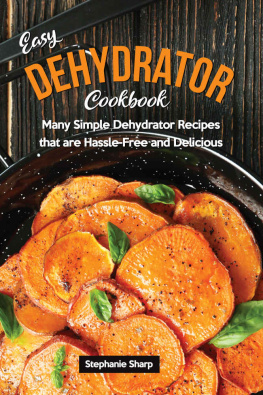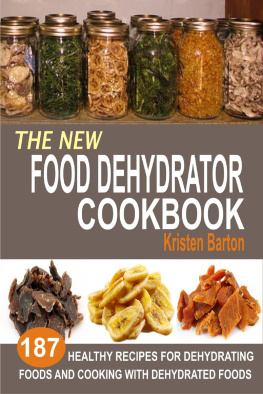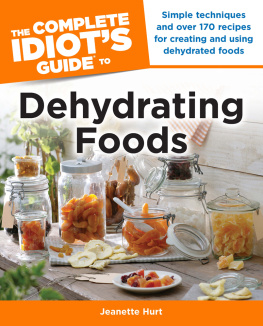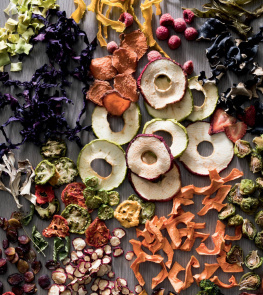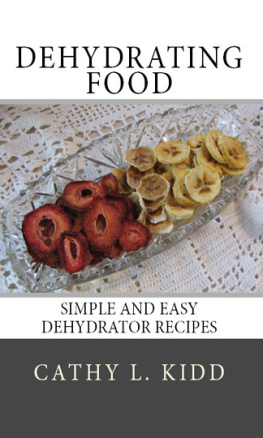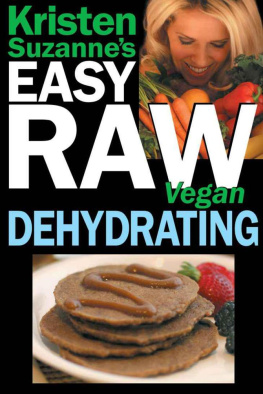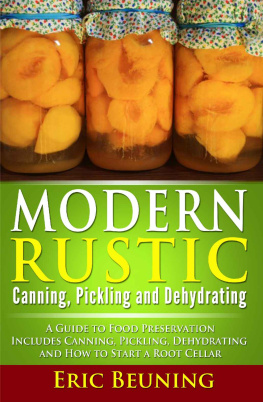Copyright 2014 by Brett Markham
All rights reserved. No part of this book may be reproduced in any manner without the express written consent of the publisher, except in the case of brief excerpts in critical reviews or articles. All inquiries should be addressed to Skyhorse Publishing, 307 West 36th Street, 11th Floor, New York, NY 10018.
Skyhorse Publishing books may be purchased in bulk at special discounts for sales promotion, corporate gifts, fund-raising, or educational purposes. Special editions can also be created to specifications. For details, contact the Special Sales Department, Skyhorse Publishing, 307 West 36th Street, 11th Floor, New York, NY 10018 or .
Skyhorse and Skyhorse Publishing are registered trademarks of Skyhorse Publishing, Inc., a Delaware corporation.
Visit our website at www.skyhorsepublishing.com.
10 9 8 7 6 5 4 3 2 1
Library of Congress Cataloging-in-Publication Data is available on file.
Cover design by Kisscut Design
Print ISBN: 978-1-62914-181-7
E-book ISBN: 978-1-62914-286-9
Printed in China
Contents
Introduction
This book is dedicated to my father who imparted a million
skills to me that I never thought Id need, but that have added
immeasurably to my life, and to everyone who has to figure out
how to make ends meet with far too few dollars.
Introduction
In the mid-1990s I joined the ranks of what are known as the working poor. I lived alone in a small studio apartment. Between the costs of rent, car insurance, child support, gas to get back and forth to work, and other necessities, my weekly food budget was only thirty dollars. The simplest things, such as a flat tire, would set me back so that I couldnt afford to pay my electric bill on time and all the food in my refrigerator went bad.
I was very cognizant of the need for a balanced diet including plenty of vegetables and fruits. But buying them fresh was often cost-prohibitive, and most canned vegetables from the supermarket are less nutritious than fresh or frozen ones.
During that time, I grew my first gardens since moving to New England from Virginia. A studio apartment affords no ability to garden, and there were no community gardens nearby. So I made use of a plot of ground that I tilled at the edge of some high-voltage lines, and grew some vegetables that way.
The local grocery store would take fruits and vegetables that were past their peak and couldnt be sold at full price, mark them down, and put them on a carousel. This allowed me to buy a variety of vegetables and fruits for far less than retail, though Id have to remove rotted spots and use them almost immediately. Unfortunately, the supply of vegetables that way was intermittent at best. The store would do the same thing with meats, marking them down the day before they were to be discarded.
This is when I got into dehydrating. I invested $50 in a dehydrator from a large chain store, and used it to preserve food when I could get it, so Id have it for later, whether my electric bill was paid or not.
At that time, I did a lot of Thermos TM cookery. Instead of buying bread or boxed cereal, Id buy hard red winter wheat berries, rolled oats, or plain rice cheaply, and cook them overnight in the thermos. When I started dehydrating food, my thermos cooking really took off because I could then add dried apples or strawberries to my concoctions. Even more importantly, I could make hearty soups and stews from jerky and dried vegetables. When summer came, my small plot under the power lines yielded produce that I could dehydrate to keep me through the upcoming winter.
Between the hidden garden, buying nearly-expired food at the supermarket, and using plain grains instead of processed foods, I was able to thrive, rather than merely survive, on my meager
food budget.
Eventually, things started to look better for me economically. At this point, I dont need to dehydrate, grow a garden, or pinch pennies the way I had to back then. But I do it anyway.
For those who have read my other books, you know that I use a method I call Mini Farming to provide 80% of my food. Before I adopted the Paleo TM diet, I made my own breads, cheeses, and beer. I continue to make my own wine and vinegar. I can reliably pay my electric bill these days, so I freeze a lot of food for preservation, and because I have more space, I do a lot of canning as well. But I still do a ton of dehydrating.
Even though it may not be necessary, by growing and preserving food at home, your family saves a lot of money. More importantly, it turns the home from being little more than an expensive hotel that costs money into a center of production that pays for itself. Even better, as I document more fully in The Mini Farming Guide to Vegetable Gardening , food you grow yourself can be dramatically more healthy and rich in life-sustaining nutrients than food you buy. In addition, the movement and exercise involved in gardening is healthful, and the time spent interacting with nature is therapeutic.
Dehydrating is the oldest means of food preservation, and it is one of the most convenient. The food will keep even if youve lost electricity due to a storm. It also weighs a lot less, and takes up less space than any other method. I have dehydrators sized for small jobs, and a large dehydrator for large harvests. These allow me to save food either in batches or off the cuff. And the dehydrated food supplies add up. I have dehydrated beef, fish, parsnips, carrots, celery, tomatoes, peppers, beets, and herbs on hand, among other things. Using these ingredients, I can do everything from thicken spaghetti sauce for canning through making a complete beef stew.
The greatest recommendation I have for dehydrated foods is that they are convenient, and lend themselves to making convenience foods ranging from packaged salad dressing mixes through mushroom soup. They are likewise tasty!
Ive done a lot of dehydrating over the past twenty years. Taken as a whole, dehydrating is very simple so it doesnt need a weighty tome to reveal its secrets. What I have done in this book is to describe the underlying principles and practices of dehydrating in such a way as to remove any mysteries or apprehensions, and also describe the practical use of dehydrated foods in a way that makes them enticing. Dehydrated foods have a place in your cooking and diet, and that place can be delicious!
Chapter 1
Principles of Dehydrating
All forms of food preservation work by slowing or stopping the processes that cause food to spoil, degrade or rot. Wine preserves juice by replacing sugar with alcohol. Brined pickles preserve cucumbers by converting sugar to lactic acid. Freezing food preserves it by slowing enzymatic processes and making it too cold for spoilage organisms to reproduce. Canning preserves foods by killing spoilage organisms, deactivating enzymes and excluding oxygen. Dehydrating works by removing the water necessary for enzymes to work and spoilage organisms to live.
Why Foods Rot
Everything produced in nature returns to nature. The leaves that fall from trees ultimately become the soil from which trees draw sustenance to make new leaves. Although sometimes food takes a more circuitous route to its ultimate destination, this is the fate of all things. Nature assures this outcome in the very mechanisms of cells.
When a cell is cut off from its supplies of food and oxygen, as happens to the cells of a steak when a steer is killed, the enzymatic processes in the cell dont simply stop. In fact, those processes can continue for many days depending upon the conditions under which it is stored. However, the processes are not those that normally take place while the animal is alive. During life, metabolic waste products such as lactic acid and carbon dioxide are removed and replaced with fresh glucose and oxygen. This allows the cell to operate effectively. But when waste products are no longer removed and new supplies are no longer delivered, the proteins and enzymes within the cell take on a different character and purpose. Specifically, proteins are created that tear down tough tissues and collagen so that the meat can be more easily digested by microorganisms such as bacteria and macroorganisms such as fly larvae.


